Canon EOS R7 Mirrorless Camera (Body Only), Hybrid Camera, 32.5 Megapixel (APS-C) CMOS Sensor, 4K Video, for Sports, Action, Content Creators, Vlogging Camera, Black
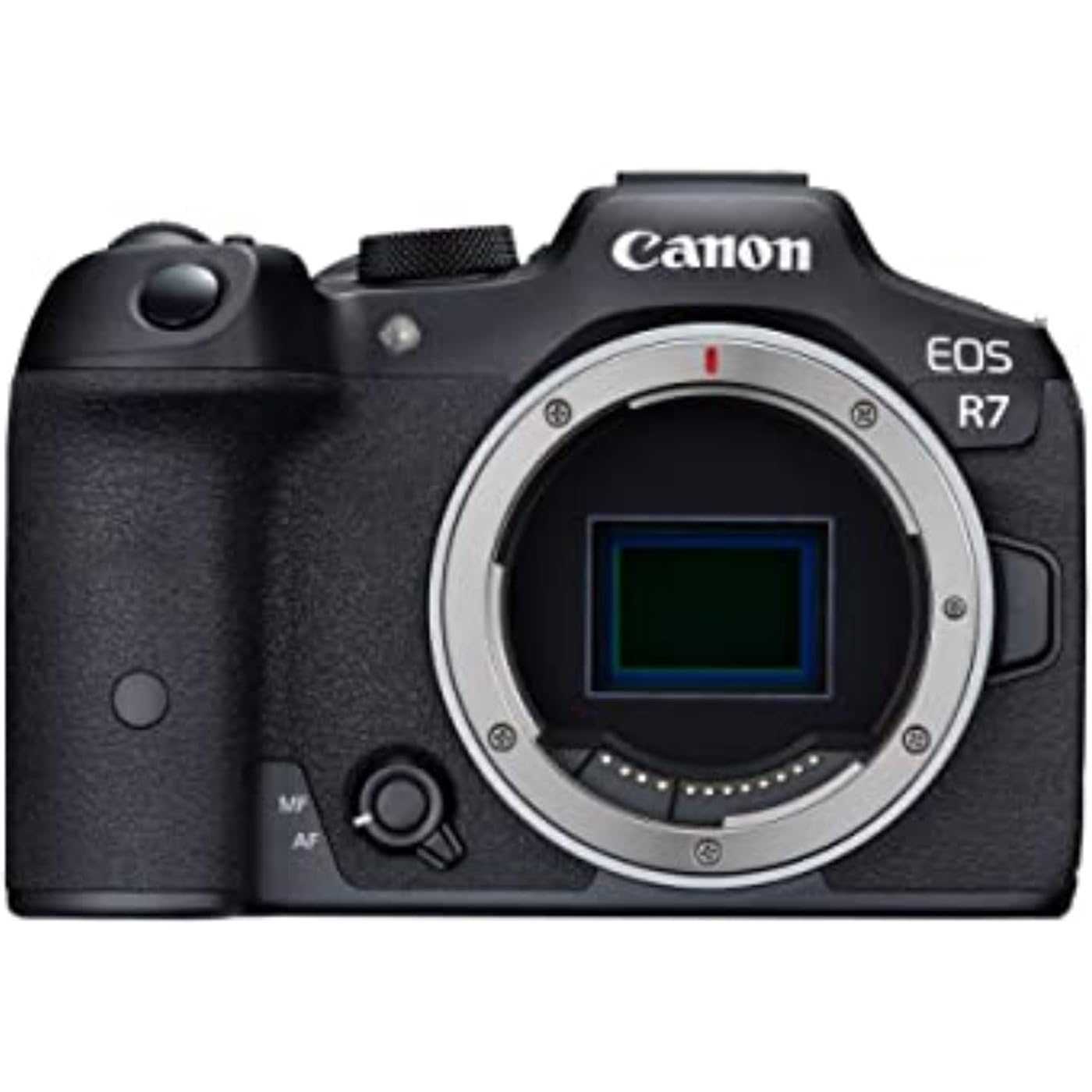
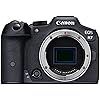
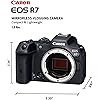
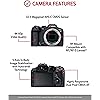
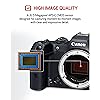
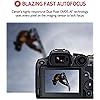
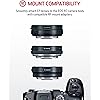
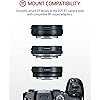
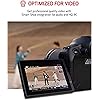
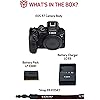
Buy Now, Pay Later
- – Up to 36-month term if approved
- – No impact on credit
- – Instant approval decision
- – Secure and straightforward checkout
Ready to go? Add this product to your cart and select a plan during checkout.
Payment plans are offered through our trusted finance partners Klarna, Affirm, Afterpay, Apple Pay, and PayTomorrow. No-credit-needed leasing options through Acima may also be available at checkout.
Learn more about financing & leasing here.
Selected Option
FREE refund/replacement until Jan 31, 2026 Learn more
To qualify for a full refund, items must be returned in their original, unused condition. If an item is returned in a used, damaged, or materially different state, you may be granted a partial refund.
To initiate a return, please visit our Returns Center.
View our full returns policy here.
Recently Viewed
Style: Body Only
Set: Body Only
Features
- High Image Quality: Canon EOS R7 4K digital camera features a 32.5-megapixel APS-C CMOS sensor that's designed for powerful telephoto reach and fast, continuous shooting with high-speed autofocus
- Advanced Autofocus: Dual Pixel CMOS AF technology with up to 651 AF zones; uses every pixel on the imaging sensor to detect focus, covering approximately 100% width and height; enables easy and accurate capturing of crisp, clear images of sports, animals, cars, or life in the moment
- High-Speed Shooting: Capture every split second of the action with the high-speed 15 fps mechanical shutter, 30 fps electronic shutter and RAW Burst Mode with 1/2-second pre-shooting
- Superb Image Stabilization: A 5-Axis In-body Image Stabilization System (IBIS) with auto-level technology and coordinated control IS; capture shake-free images and video, even in low light conditions
- Video Optimized: High-quality video recording; get professional-grade 4K video on-the-go with Movie Servo AF, an autofocus system that includes subject detection and subject tracking for quicker shooting and a stronger focus
- Record Longer: EOS R7 video camera delivers a recording time of over 30 minutes; the included extra battery pack (LP-E6NH) lets you continue capturing images and video on the go making it a great vlogging camera option
- Compact & Lightweight:The EOS R7 camera is made with a comfortable and firm grip for easy handling; plus its lightweight and compact size lets it fit conveniently into your camera bag so you can take it with you on all your adventures
Description
Capture awe-inspiring photos and 4K 60p videos with the Canon EOS R7 Mirrorless Vlogging Camera. This Canon R7 camera's DIGIC X image processor with 32.5-megapixel APS-C CMOS sensor takes your content creation and photography to new heights. With the EOS R7 digital camera's continuous shooting speeds of 15 fps and the Dual Pixel CMOS AF technology with up to 651 AF zones, you can shoot crystal-clear images of cars, sporting events, animals, and other moving objects any time, anywhere. Built with 5-axis image stabilization with coordinated control, this Canon digital camera comes complete with seven stops of shake correction so every shot remains sharp. Plus, you can keep your videos going for longer than 30 minutes without interruption. The LED liquid-crystal monitor lets you see your subjects vibrantly with clear view features and an anti-smudge coating. At 1.1 lbs, this compact content creator camera fits conveniently into your camera bag, so you can take it with you on every adventure. Each EOS R7 camera body package includes a strap ER-EOSR7, a battery charger LC-E6, a battery pack LP-E6NH, a battery pack cover, and a shoe cover.
Compatible Mountings: Canon RF
Aspect Ratio: 32
Photo Sensor Technology: CMOS
Supported File Format: C-RAW, HEIF, JPEG, Raw
Image Stabilization: Sensor-shift
Maximum Focal Length: 150 Millimeters
Maximum Aperture: 6.3 f
Expanded ISO Minimum: 100
Metering Description: Center-Weighted Average, Evaluative, Partial, Spot
Brand: Canon
Brand: Canon
Model Name: Canon R7(US)BODY
Age Range Description: Kid
Built-In Media: Camera Body Only
Are Batteries Included: Yes
Model Number: 5137C002
Remote Included: No
Model Series: EOS R7
Global Trade Identification Number: 17
UPC: 013803340617
Item Height: 3.56 inches
Manufacturer: Canon USA
Unit Count: 1.0 Count
Warranty Description: 1 year manufacturer
Connectivity Technology: USB
Wireless Technology: Bluetooth, Wi-Fi
Video Output: Micro-HDMI
Total USB 3.0 Ports: 1
Total USB Ports: 1
Total Video Out Ports: 1
Shooting Modes: Automatic, Macro, Panorama, Portrait, Sports
Digital Scene Transition: false
Digital-Still: No
Movie Mode: Yes
Image Capture Type: Stills & Video
Night vision: No
Auto Focus Technology: Phase Detection
Focus Features: Continuous-Servo AF, Manual Focus, Single-Servo AF
Autofocus Points: 651
Focus Type: Auto Focus, Manual Focus
Focus Mode: Continuous-Servo AF (AF-C), Single-Servo AF (AF-S)
Autofocus: Yes
Compatible Mountings: Canon RF
Sensor Type: CMOS
Image stabilization: Sensor-shift
Maximum Aperture: 6.3 f
Expanded ISO Minimum: 100
Photo Sensor Resolution: 32.5 MP
Photo Sensor Size: APS-C
Maximum Shutter Speed: 1/16,000 Seconds
Minimum Shutter Speed: 1/250 Seconds
Form Factor: Mirrorless
Special Feature: High Image Quality 32.5 megapixels APS-C CMOS sensor | DIGIC X Image Processor with a native ISO range of 100-32000, expandable to 512008 | Dual Pixel CMOS AF II covering approximately 100% width and height with up to 651 zones down to EV -5.0 | High speed shooting 15fps mechanical, 30fps high speed electronic shutter, and RAW Burst Mode with half second pre-shooting | Subject tracking with people, animal, and vehicle detection | 5-axis in-body Image Stabilization with auto-level technology
Color: Black
Item Weight: 1.1 Pounds
Video Resolution: 2160p
Viewfinder: Electronic
Flash Modes: eTTL
Camera Flash: Hotshoe
Skill Level: Professional
Specific Uses For Product: Photography, Videography, Vlogging, Content Creation
Compatible Devices: Smartphone
Continuous Shooting: 15 FPS
Aperture modes: F3.5–F5.6
Viewfinder Magnification: 1.15x
Audio Input: 3.5mm Microphone
Flash Sync Speed: 1/320 sec
Video Capture Format: H.264/H.265/MP4
Expanded ISO Maximum: 51200
Battery Weight: 80 Grams
Delay between shots: 0.5 Seconds
Audio Output Type: 3.5mm headphones port
Aspect Ratio: 32
File Format: C-RAW, HEIF, JPEG, Raw
Effective Still Resolution: 32.5 MP
JPEG Quality Level: Fine
Supported Image Format: C-RAW, HEIF, JPEG, Raw
Maximum Image Size: 32.5 MP
Bit Depth: 10 Bit
Total Still Resolution: 32.5 MP
Maximum Focal Length: 150 Millimeters
Lens Type: Telephoto
Zoom: Digital Zoom
Camera Lens: Wide-angle to telephoto zoom lens
Real Angle Of View: 33 Degrees
Focal Length Description: up to 150.0 millimeters
Digital Zoom: 10 x
Number of Diaphragm Blades: 9
Metering Methods: Center-Weighted Average, Evaluative, Partial, Spot
Exposure Control: Manual
White Balance Settings: Auto, Cloudy, Custom, Daylight, Fluorescent, Shade, Tungsten
Self Timer: 10 Seconds
Crop Mode: 32
Screen Size: 3 Inches
Display Type: LCD
Dots Per Screen: 1,620,000 Dot
Display Fixture Type: Tilting
Touch Screen Type: Capacitive
Has Color Screen: Yes
Flash Memory Type: Dual Slot SD/SDHC/SDXC (UHS-II)
Recording Capacity: 30 Minutes
Write Speed: 30 fps
Flash Memory Speed Class: UHS-II
Flash Memory UHS Speed Class: UHS-II
Flash Memory Video Speed Class: V30
Flash Memory Bus Interface Type: UHS-II
Flash Memory Supported Size Maximum: 128 GB
Frequently asked questions
To initiate a return, please visit our Returns Center.
View our full returns policy here.
- Klarna Financing
- Affirm Pay in 4
- Affirm Financing
- Afterpay Financing
- PayTomorrow Financing
- Financing through Apple Pay
Learn more about financing & leasing here.
Similar Products
Top Amazon Reviews

















![Canon PowerShot Digital Camera [G7 X Mark II] with Wi-Fi & NFC, LCD Screen, and 1-inch Sensor - Black, 100-1066C001](https://m.media-amazon.com/images/I/81ap5aHOZdL._AC_US500_.jpg)




